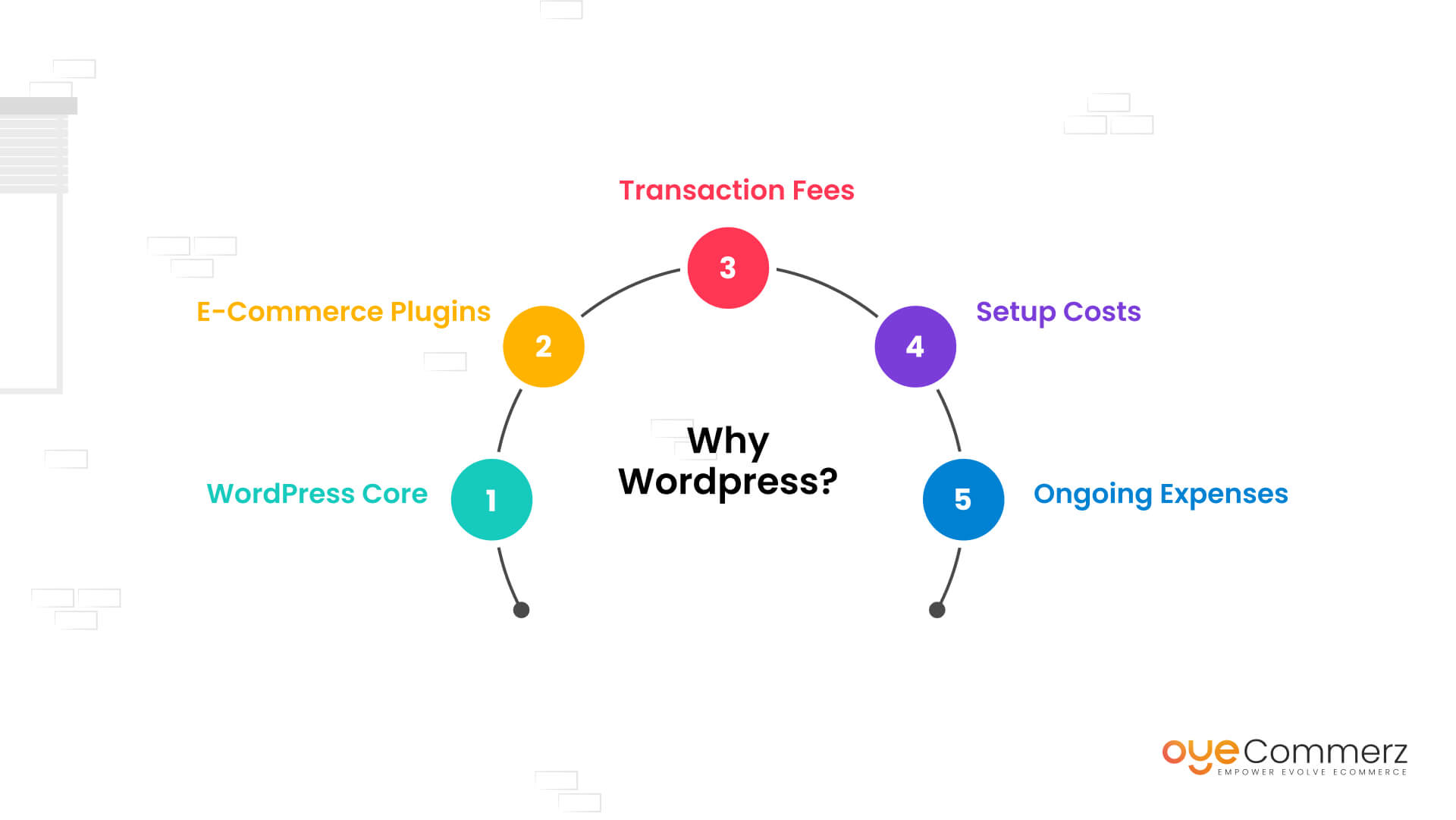Transitioning from WP to Shopify is an exciting step in optimizing your online store operations. As companies grow, selecting a solution that aligns with scalability, user experience, and flexibility becomes crucial. Shopify is widely recognized as a favorite for online merchants, providing superior flexibility, security, and ease of use. In this guide, we’ll explore the transformative impact of this migration, discuss the benefits, and share actionable steps to ensure a seamless transition.
1. Top Reasons to Transition from WordPress to Shopify
The combination of WordPress and WooCommerce, continues to support countless e-commerce platforms. Nevertheless, as companies expand, challenges like reliance on plugins, data risks, and technical complexities can hinder progress. Shopify, specifically created for e-commerce, addresses these issues with an comprehensive, intuitive platform. Real data supports this shift—Shopify hosts over 4.4 million stores worldwide, with a reported 10% increase in sales conversion rates for many businesses post-switch.
2. Shopify's Perks for Thriving Online Stores
Shopify’s powerful platform is tailored for expanding brands. Its notable features include:
- Effortless Design Flexibility: Shopify offers over 80 professionally designed themes.
- Integrated Tools: Capabilities such as Shopify Payments and built-in SEO streamline operations.
- Global Reach: Multi-currency support and regional customization enable businesses to expand internationally.
Additionally, Shopify delivers an availability percentage of 99.98%, ensuring your website remains accessible.
3. Getting Ready for Your WordPress-to-Shopify Transition
Before migrating, assess your existing setup. Analyze product data, customer details, and search engine rankings. Tools like Shopify’s Migration Kit or external tools help ease the transition. Develop a detailed strategy, making sure all resources—product descriptions, images, and blog content—are ready for seamless import.
4. Data Migration: A Critical Step
Transferring your data forms the foundation for a successful platform switch. When migrating from WP to Shopify, focus on:
- Product Information: SKU, descriptions, and categories.
- Client Information: Emails, purchase records, and preferences.
- Search Engine Considerations: Retain meta tags, URLs, and forwarding paths to maintain search rankings.
Use apps like LitExtension to facilitate seamless migration while minimizing errors.
5. Customizing Your Shopify Store
After the move, personalizing your Shopify store helps it aligns with your business identity. Shopify setup and customization Utilize Shopify’s drag-and-drop editor to design pages effortlessly. Shopify's templates are optimized for all devices, providing a smooth user experience across devices—a critical factor, since 74% of e-commerce traffic is generated by mobile visitors.
6. Maintaining SEO During Migration
SEO is vital for maintaining your visibility during migration. Shopify is highly optimized for search engines with clean URL structures, built-in optimization tools, and smooth content management. Make sure you:
- Set up URL forwarding for old URLs.
- Optimize new pages with keyword-rich content.
- Leverage plugins like Plug in SEO to track analytics after the switch.
7. Post-Migration Testing
After finishing the transfer, conduct thorough testing.
Review: - Website speed (Shopify boasts faster speeds compared to WP).
- Payment integration reliability and transaction flow.
- Mobile responsiveness.
Quality assurance guarantees your store delivers a seamless shopping journey from the start.
8. Case Study of a Successful Migration
An example of effective platform switching is Gymshark, a sportswear company that transitioned to Shopify. After the switch, the Shopify migration tools company saw a 60% boost in mobile sales and reduced site downtime. This highlights the capabilities of Shopify in enhancing online business success.
9. Overcoming Common Migration Issues
Migration is not without obstacles, such as information accuracy and adjusting tailored features. However, Shopify’s extensive assistance and third-party experts make overcoming these hurdles manageable. Partnering with experienced Shopify developers ensures a trouble-free transition.
10. Making the Switch: The First Step Toward Success
Switching from WordPress to Shopify represents a strategic decision to online retail. By addressing scalability, streamlining operations, and enhancing the customer experience, Shopify empowers businesses to succeed in competitive markets.
Final Thoughts
Transitioning from WP to Shopify is a strategic move that can significantly boost your e-commerce success. With a well-structured strategy, the right tools, and expert support, you can unlock new success milestones.
Ready to make the leap? Let’s discuss how our Shopify migration services can transform your online store. Contact us now, or ask yourself: Can your business afford to miss out on Shopify’s growth potential?
